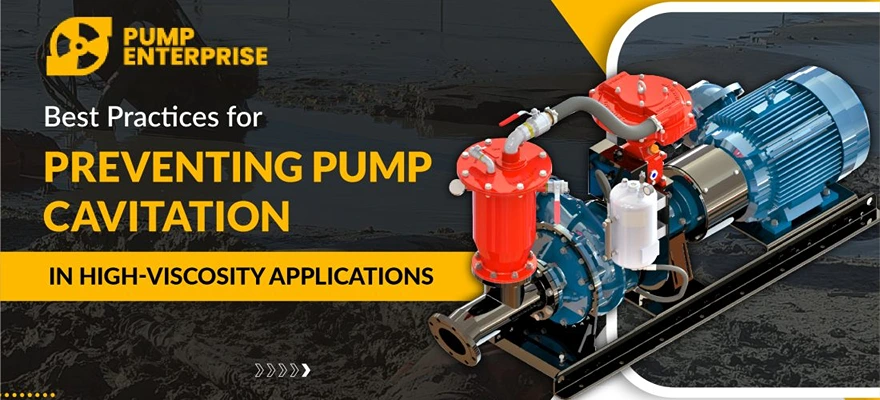
Introduction
Pump cavitation is a significant issue that can cause severe damage to pumps, leading to reduced efficiency, increased maintenance costs, and even complete pump failure. This problem is particularly prevalent in high-viscosity applications where the risk of cavitation is heightened due to the unique properties of the fluid being pumped. In this blog, we will explore the best practices for preventing pump cavitation in high-viscosity applications, ensuring your operations run smoothly and efficiently.
Understanding Pump Cavitation
Pump cavitation occurs when vapor bubbles form in the liquid being pumped and then collapse violently. This phenomenon can cause pitting and erosion of the pump’s internal components, leading to reduced performance and potential failure. The symptoms of cavitation include excessive noise, vibration, and a drop in pump performance.
High-viscosity fluids pose a particular challenge as they require more energy to move, increasing the likelihood of vapor bubble formation. Understanding the causes and effects of cavitation is the first step in preventing it.
Best Practices for Preventing Pump Cavitation

1. Proper Pump Selection
Selecting the right pump for high-viscosity liquids is crucial. Not all pumps are designed to handle thick fluids, and using an inappropriate pump can significantly increase the risk of cavitation. Pumps such as positive displacement pumps, which include gear pumps, screw pumps, and peristaltic pumps, are generally more suitable for high-viscosity applications.
When selecting a pump, consider the viscosity of the fluid, the required flow rate, and the pressure conditions. Consulting with a pump specialist can help ensure you choose the best pump for your specific needs.
2. Ensuring Adequate NPSH (Net Positive Suction Head)
Net Positive Suction Head (NPSH) is a critical factor in preventing cavitation. It represents the absolute pressure at the suction port of the pump. Ensuring adequate NPSH can prevent vapor bubbles from forming.
To calculate the required NPSH for high-viscosity fluids, consider factors such as the fluid’s vapor pressure, the height of the fluid source relative to the pump, and the friction losses in the suction line. Techniques to ensure adequate NPSH include reducing the suction lift, minimizing friction losses, and ensuring the suction piping is properly sized and free from obstructions.
3. Optimizing Pump Speed
The speed at which the pump operates can significantly impact the risk of cavitation. High speeds can increase the risk, particularly with high-viscosity fluids. Therefore, it’s essential to optimize the pump speed according to the fluid’s viscosity.
Operating the pump within the manufacturer’s recommended speed range for high-viscosity applications can help prevent cavitation. In some cases, using a variable frequency drive (VFD) to adjust the pump speed dynamically can be beneficial.
4. Managing Fluid Viscosity
The viscosity of the fluid being pumped plays a critical role in cavitation risk. High-viscosity fluids are more prone to cavitation, so managing and maintaining optimal viscosity levels is essential.
Methods to control viscosity include heating the fluid to reduce its thickness or diluting it with a compatible lower-viscosity fluid. Regular monitoring and adjusting of the fluid’s viscosity can help maintain optimal conditions and reduce cavitation risk.
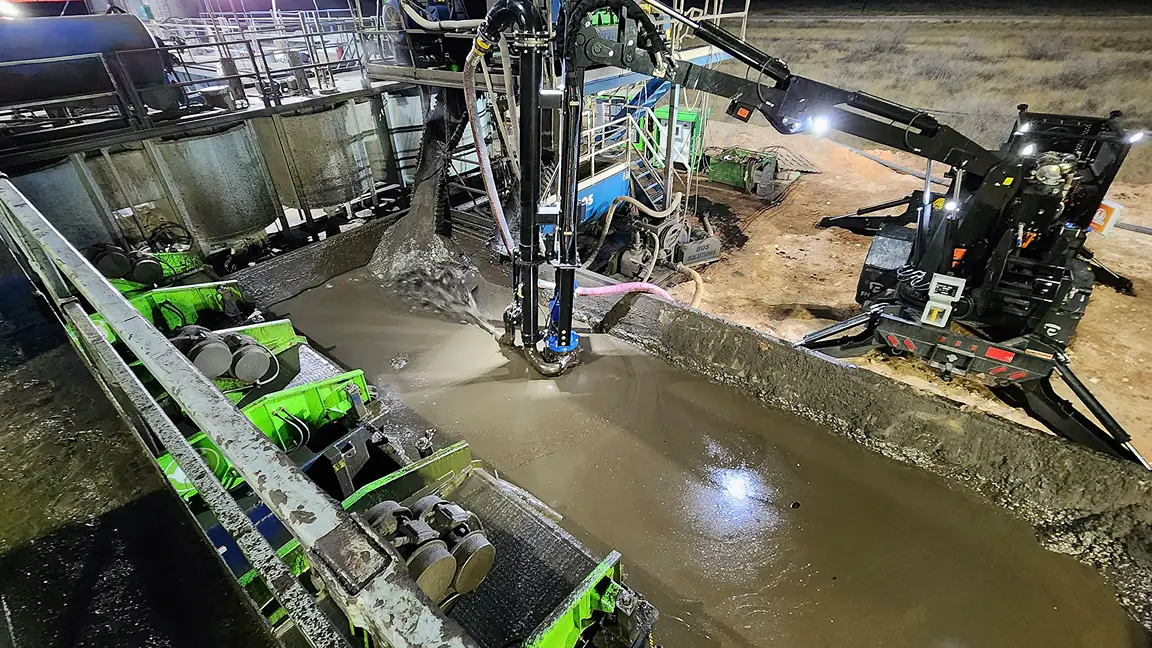
5. Proper Pump Installation
Proper installation of the pump is crucial to prevent cavitation. This includes ensuring the pump is correctly aligned and all components are securely fastened. Misalignment can cause vibration and excessive wear, increasing the risk of cavitation.
The design and installation of the suction piping are also critical. Ensure the piping is as straight and short as possible, with minimal bends and fittings that can cause friction losses. Using suction strainers and filters can help remove debris that might obstruct the flow.
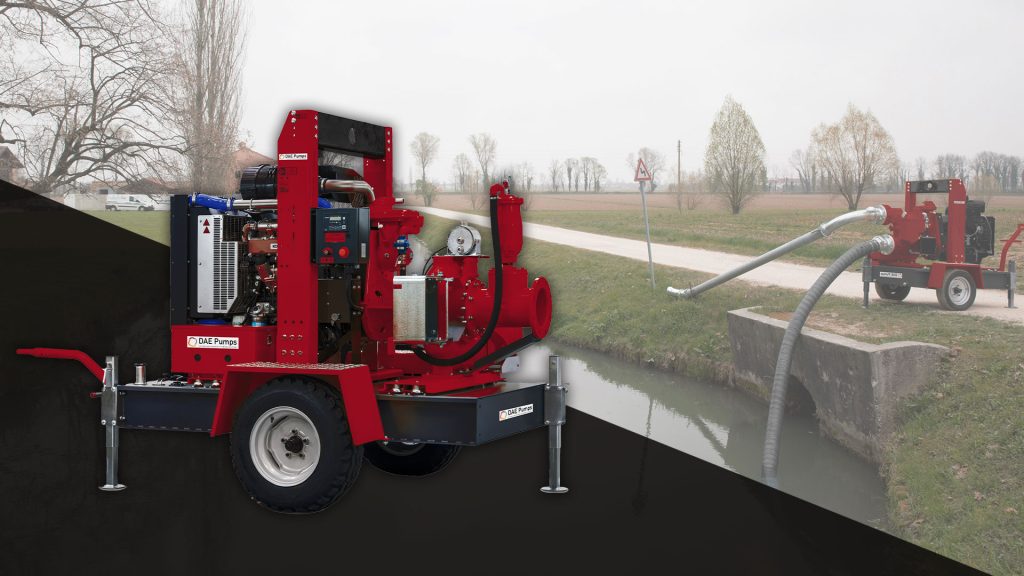
6. Regular Maintenance and Monitoring
Routine maintenance is essential for preventing cavitation. Regularly inspecting seals, checking for leaks, and ensuring all components are in good condition can help maintain optimal pump performance.
Implementing monitoring systems can detect early signs of cavitation, such as changes in noise, vibration, and performance. Addressing these issues promptly can prevent more severe damage and extend the pump’s lifespan.
7. Implementing Anti-Cavitation Devices
Anti-cavitation devices, such as suction stabilizers and air release valves, can be effective in preventing cavitation. These devices help manage the flow and pressure within the pump, reducing the likelihood of vapor bubble formation.
Installing and maintaining these devices according to the manufacturer’s guidelines can provide additional protection against cavitation in high-viscosity applications.
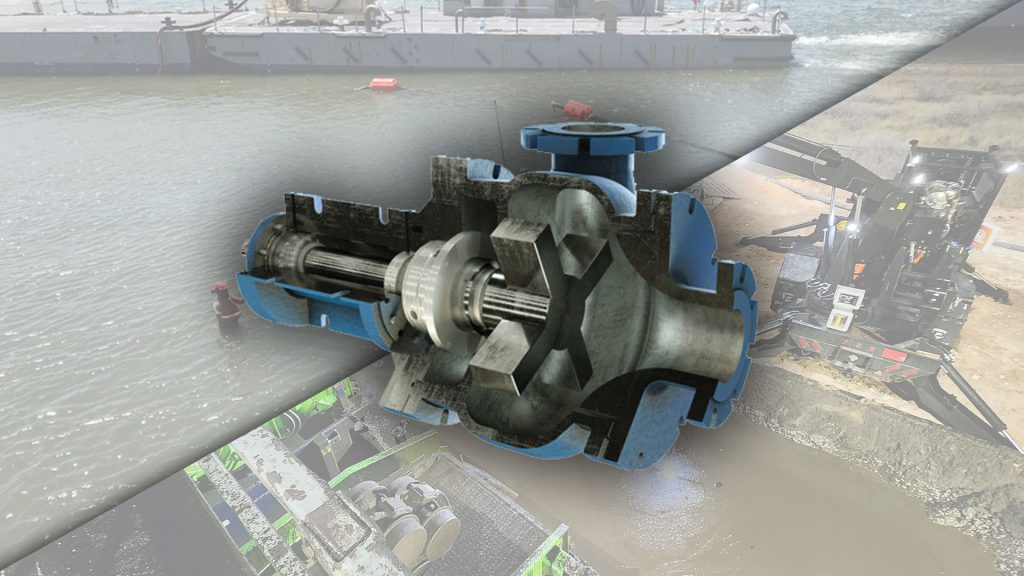
Conclusion
Preventing pump cavitation in high-viscosity applications requires a comprehensive approach, including proper pump selection, ensuring adequate NPSH, optimizing pump speed, managing fluid viscosity, proper installation, regular maintenance, and the use of anti-cavitation devices. By implementing these best practices, you can protect your pumps, improve efficiency, and reduce maintenance costs.

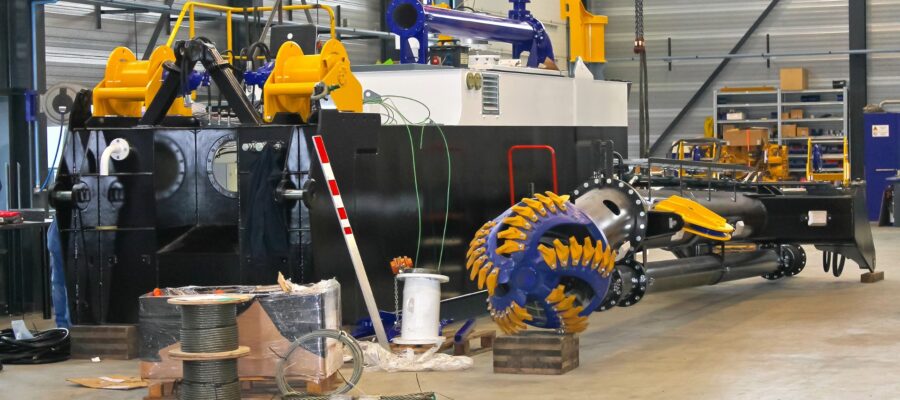

Post a Comment